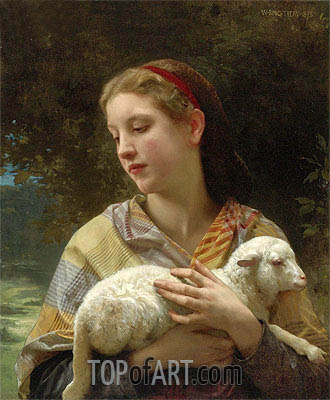If you’re just starting out with oil painting, choosing the right brushes is essential. Like any craft, using the right tools will make the process smoother and more enjoyable.
Why Brush Choice Matters
From my experience as a teacher, I’ve noticed that most beginners don’t give much thought to brushes. They usually buy the cheapest ones—often bristle brushes—without realizing how much this affects their painting.
If you were my student, I would ask you to buy two sets of brushes:
- Bristle brushes (for rough, bold strokes and first layers)
- Synthetic or sable brushes (for blending and fine details)
Many students struggle with blending because they try to achieve a smooth finish with bristle brushes, which is not possible. I constantly remind them to switch brushes until they develop the habit of using the right one for the job.
If you’re a beginner, don’t feel bad if you make this mistake at first—it takes time to get used to it.
Organizing Your Brushes
To make things easier, separate your brushes:
- Bristle brushes (hard) → one jar
- Sable or synthetic brushes (soft) → another jar
This way, you’ll automatically reach for the right tool as you paint.
Brush Types and Painting Styles
🎨 If you want to paint like Van Gogh → Use bristle brushes.
- These hold more paint and create bold, visible brushstrokes.
- Perfect for expressive, textured painting.

🎨 If you want a smooth, classical finish like Bouguereau → Use sable or synthetic brushes.
- These allow for soft blending and fine details.
- Ideal for realistic portraits and delicate shading.

I personally only use synthetic brushes—I don’t want to support the use of animal hair. Synthetic brushes today are excellent and can achieve the same smoothness as natural sable brushes.
Buying Brushes: What to Look For
📌 Don’t buy too many at once!
- Some soft brushes lose their shape when loaded with oil paint.
- Others are too stiff and remove paint instead of laying it down.
- Some leave unwanted marks on the canvas.
The only way to know if a brush is good for your style is to test it.
🔹 I personally buy brushes often, but never in bulk. I usually get one or two new brushes to test them. Over time, I’ve discovered amazing cheap brushes that work just as well as expensive ones.
With experience, you’ll learn to choose the right brush just by touching the bristles. You’ll know which brush to use for:
✔️ Painting backgrounds
✔️ Blending skin tones in a portrait
✔️ Achieving texture vs. smoothness


Final Thoughts
The right brush makes a huge difference in your oil painting journey. By using bristle brushes for texture and soft brushes for blending, you’ll have better control over your technique.
And remember: Experiment! Finding the right brush is part of the fun. 🎨
Support my Art Journey At not cost to you buying Art materials You use from my Amazon Store: https://www.amazon.com/shop/rensoart